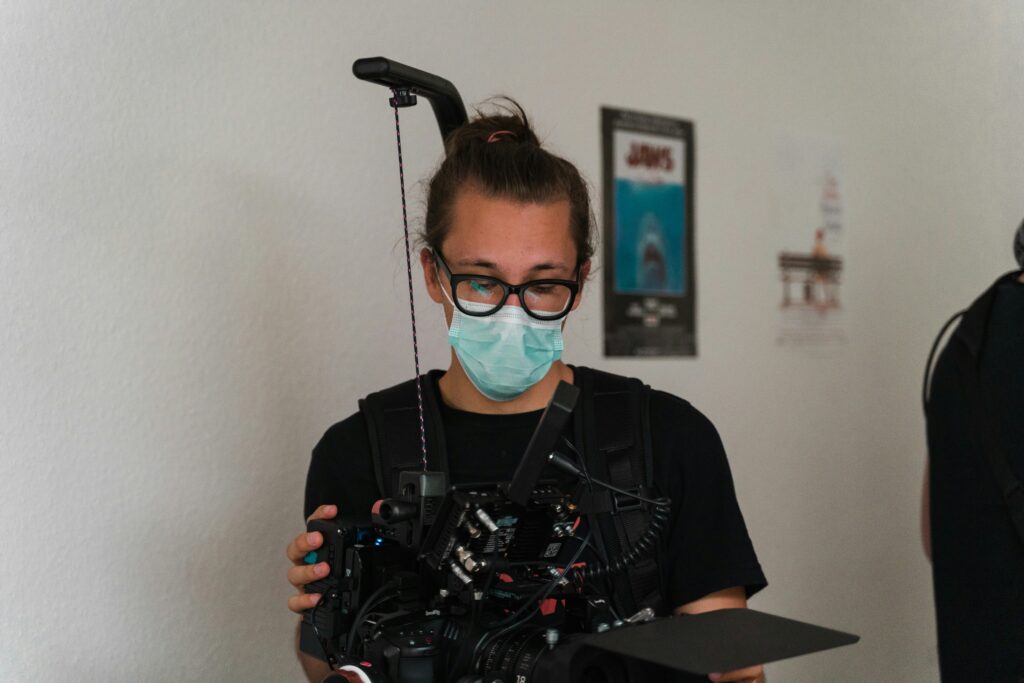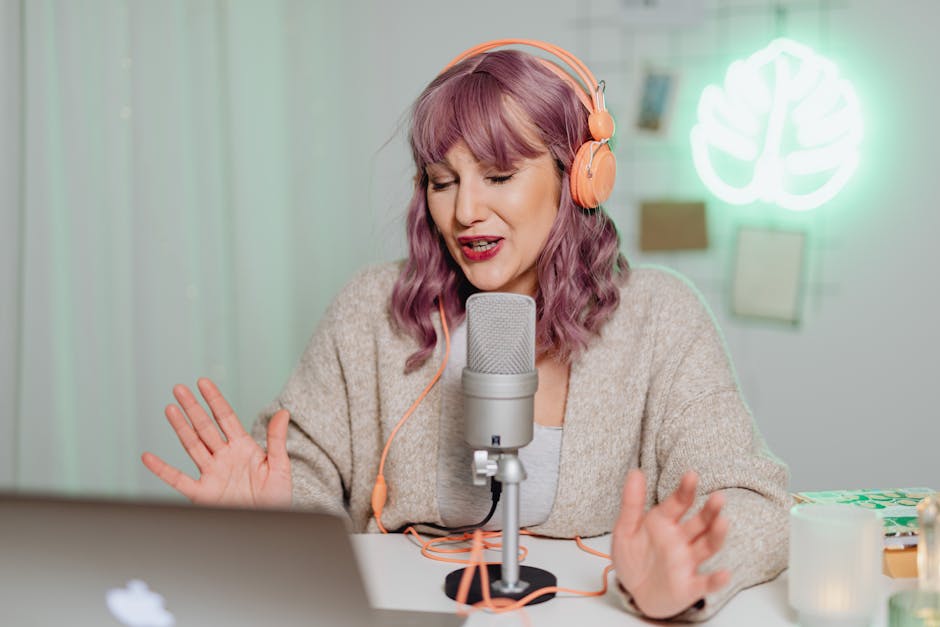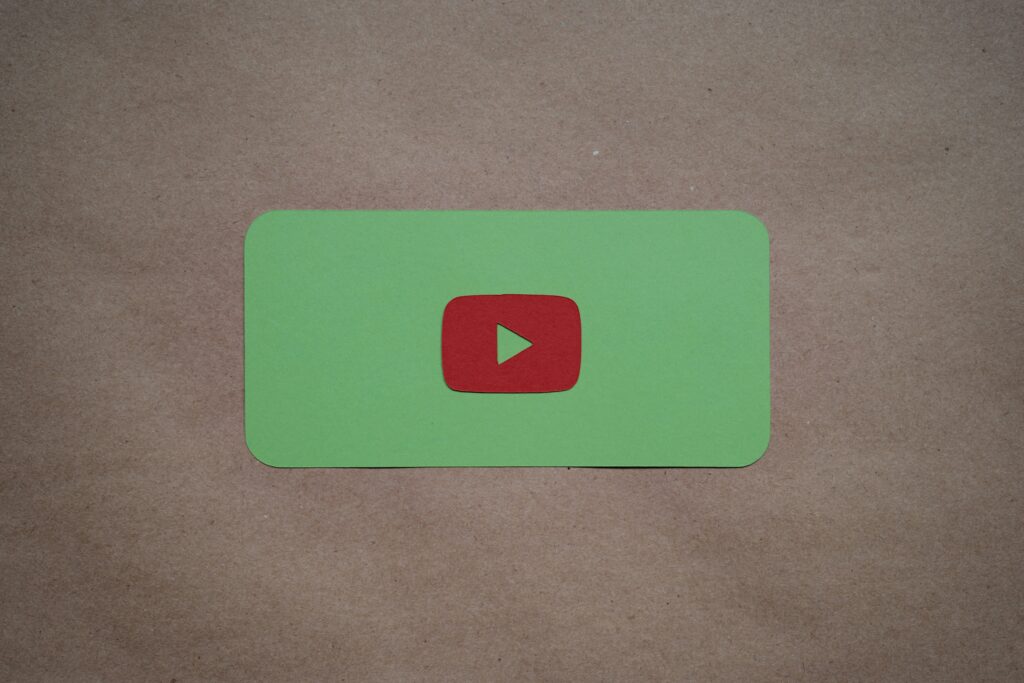Why Planning Your Vlog Matters
Winging it might feel spontaneous, but in vlogging, it’s a gamble that rarely pays off. The “hit record and hope” method often leads to long rambling takes, missed points, and brutal editing marathons. Creators who plan—even loosely—tend to waste less footage and communicate more clearly.
Planning doesn’t mean scripting every second. It means knowing what you’re trying to say, and how you’re going to say it. When there’s intention behind your content, the message doesn’t get buried under filler or distractions. You film tighter, edit faster, and end up with something your audience actually wants to watch to the end.
A clear plan also strengthens story flow—grabbing eyes at the intro and offering payoff by the outro. From the first line to the final call to action, structured content hooks better and sticks longer. Bottom line: preparation makes your message sharper, your video cleaner, and your audience more likely to return.
Step 1: Start With a Clear Intent
Before you hit record, ask yourself the one question that matters most: why are you making this vlog?
Are you trying to teach something? Spark a laugh? Share your story so others feel seen or inspired? The clearer your purpose, the easier it is to shape everything that follows—tone, visuals, pacing, and even which parts of the story to skip.
But intent alone isn’t enough. What’s the one takeaway you want viewers to leave with? Keep it razor sharp. Maybe it’s “how to shoot better B-roll with just your phone” or “why minimalist fashion isn’t boring.” Don’t try to cram in five messages—stick the landing on one.
Finally, make sure your topic lives at the overlap of what you care about and what your audience is already searching for. If your title doesn’t ring any bells in search or your topic is too niche to signal interest, even the best video might go unheard. Use tools like Google Trends or YouTube’s autocomplete to gut-check relevance. Make what matters to you—but say it in a way that hits where people are already listening.
Step 2: Research and Outline Before You Shoot
Doing a bit of keyword research before you vlog isn’t about chasing trends or gaming the system. It’s about clarity. A few quick searches can show you what your audience is already looking for—wording, phrasing, even subtopics you hadn’t considered. It’s not about stuffing keywords in; it’s about aligning your content with real interest so it’s easier for the right people to find it.
Once you’ve settled on a focus, sketch out your structure. Doesn’t have to be fancy. Think simple: Hook → Value → Call to Action. Start with something that grabs attention (a strong question, a surprising fact, or a personal moment). Then deliver what you promised—teach, show, entertain, whatever the mission is. Finally, give your viewers a next step: comment, like, watch the next video.
Even if your style is loose or off-the-cuff, staying logical helps. Lay out your ideas so they unfold naturally. Wandering off-topic or doubling back makes viewers drop off. It’s fine to sound casual—just keep the flow clean.
To stay natural without sounding robotic, script in bullet points or beats. Don’t recite. Talk to the lens like a human. Viewers know the difference. A little prep keeps you from rambling, but still lets your real voice shine through. That balance is where the best vlogs live.
Step 3: Scripting Tips That Work
Let’s be real—over-scripting kills personality. Viewers aren’t here for a TED talk. They want you. You, but tighter.
Here’s how to hit that balance:
- Write how you talk. If you wouldn’t say it out loud at a coffee shop, don’t say it to camera either.
- Bullet points > full paragraphs. Lists, cue cards, or even scribbles next to your mic can keep you focused without freezing you up.
- Always script your hook. Word-for-word. This is your handshake and your promise—make it land hard.
- Same goes for the closing. Nail the sign-off so people remember the point (and subscribe).
- Leave some air between your lines. Tangents, reactions, awkward laughs—they’re human. Keep them if they feel real.
- Know your anchor moments. That could be a killer fact, a visual gag, or your big reveal. Don’t improvise those. Hit them clean.
Treat your script like scaffolding. It holds you up—but you’re still building the thing as you go.
Step 4: Plan for the Shoot
Shooting without a plan is how you end up with ten shaky takes of the same intro and zero usable content. Start by listing your must-have shots: talking head, over-the-shoulder, close-ups on key props or expressions—whatever drives your story forward. Think in cuts, not just scenes.
Then map out your B-roll. This is where vlogs come to life visually—walking through your space, handling gear, coffee brewing in the background. Don’t wing it. Decide what cutaways will add context or vibe, then slot 15–20 minutes of your shoot day to grab them.
Every extra minute you film adds time in post. Don’t let the camera roll endlessly hoping for magic. Stay focused. Use a checklist, set specific goals for each take, and kill the shot once you have it.
Time-box your entire filming process. Break it into three blocks: prep (gear, space, mindset), takes (actual recording), then wrap (review footage, quick backups). Having clear boundaries can prevent burnout, save hours, and keep your edit efficient.
Step 5: Testing, Refining, Repeating
The best vloggers don’t just move on to the next upload. They circle back. Reviewing footage from past vlogs—especially the ones that hit hard—gives you a map of what’s clicking. Look closely at metrics like watch time, retention rate, and how early people drop off. Ask: where did the energy dip? What segments got replayed or commented on? The answers are in the data.
Next step: listen. Viewer comments, DMs, even silence tell you what stuck and what flopped. Use that feedback to tighten your scripting. Maybe your intros need more punch. Maybe your CTA is too long. Not every idea hits, and that’s the point—you’re building muscle by iterating.
Finally, don’t overcomplicate reinvention. If a certain format works—like a morning routine structure, walk-and-talk style, or a specific storytelling rhythm—bring it back. Adapt it. Layer new ideas on top. Winning formats are templates, not scripts.
Further reading: Using Analytics to Refine Your Content Strategy
Final Words
Planning isn’t the enemy of creativity. It’s the structure that gives your ideas room to land. When you know what you’re trying to say, you’re free to say it with force—and without wasting takes, time, or your audience’s attention. Creators who plan aren’t rigid. They’re clear.
Consistency matters, too. The more reliable your flow, the more your audience trusts showing up for it. Whether you’re scripting line by line or riffing off cue cards, having a plan means fewer awkward pauses, tighter edits, and more engagement. Viewers can feel when you’ve done the work upfront.
Bottom line: the real magic happens before you hit record. Define your why, map your what, and then hit that record button. Let preparation guide the performance—not confine it.


 Eddiesons Sinhacha is dedicated to bridging technology and storytelling. At vlogedgevault he specializes in uncovering advanced techniques and digital trends that empower creators to elevate their content and reach wider audiences.
Eddiesons Sinhacha is dedicated to bridging technology and storytelling. At vlogedgevault he specializes in uncovering advanced techniques and digital trends that empower creators to elevate their content and reach wider audiences.

